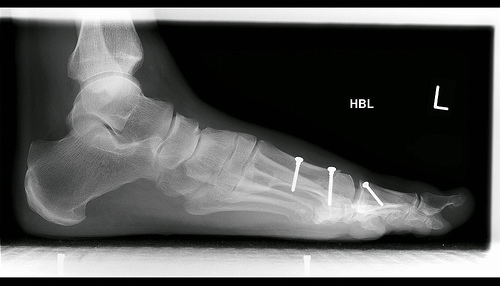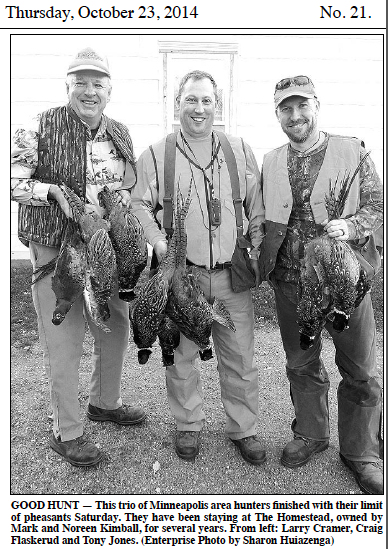I spent the better part of this week at the bi-annual conference of the International Association for the Study of Youth Ministry. My purpose there, as well as being a member of that organization, was to present a paper as a part of the Faithful Practices Project. (FPP is a Lilly Endowment-funded grant to the Christian Education department of PTS, and it’s funding my dissertation research into eight emerging churches.) More on that paper later.
The IASYM is a group still in its infancy; it’s a professional guild founded less than ten years ago. However, as youth ministry has professionalized and more courses on YM have been offered around the world, the association has grown dramatically, now counting almost 400 members, about evenly split, it seems to me, between youth ministry instructors and youth ministry practitioners. The purpose is to encourage the academic study of YM.
However, there is some pain as we grow, as you might expect. I can count at least two pressing conflicts. However, in each case, I do not think it best if one of these sides wins out over the other. Instead, I really think that we should try to hold each of these in a healthy, dialectical tension.
U.S. and World: This is a real tension that came out at a couple different points, including the election of new Executive members (no Americans were elected). There were also some sparks when a U.S. participant made imperialistic sounding comments and when a Brit used an Abu Ghraib image as an “icon” during worship. Honestly, these latter were almost completely unhelpful, and all of the conversation about the election of new Executive members was in hushed tones around the fringe. In the future, we’d better get this conversation out into the open. (Ironically, just as the U.S. was accused of being colonizers, the IASYM announced that they are hosting a regional conference in New Orleans in a year – this troubled those present who are members of the AYME, an already established organization in the States. For all of the talk of “partnership” in the members’ meeting, this seemed like a move that will preclude true partnership.)
Social Scientists and Theologians: The first generation of youth ministry professors were old and wise youth workers who were hired by colleges and seminaries to teach this new discipline of church-based youth work. The second generation, and the bulk of those currently in most positions, hold terminal degrees in the social sciences (sociology, education, anthropology, cultural studies). And now there is an emerging generation of scholars (among which I count myself) who are primarily theologians. Thus, there are social scientists with an interest in theology and theologians with an interest in social science. Both sides have the tendency to get arrogant, yet each side needs the other. I hope that the IASYM can work hard at keeping these two branches of academic youth ministry in a healthy and mutually critical conversation – we’ll all be better for it.











